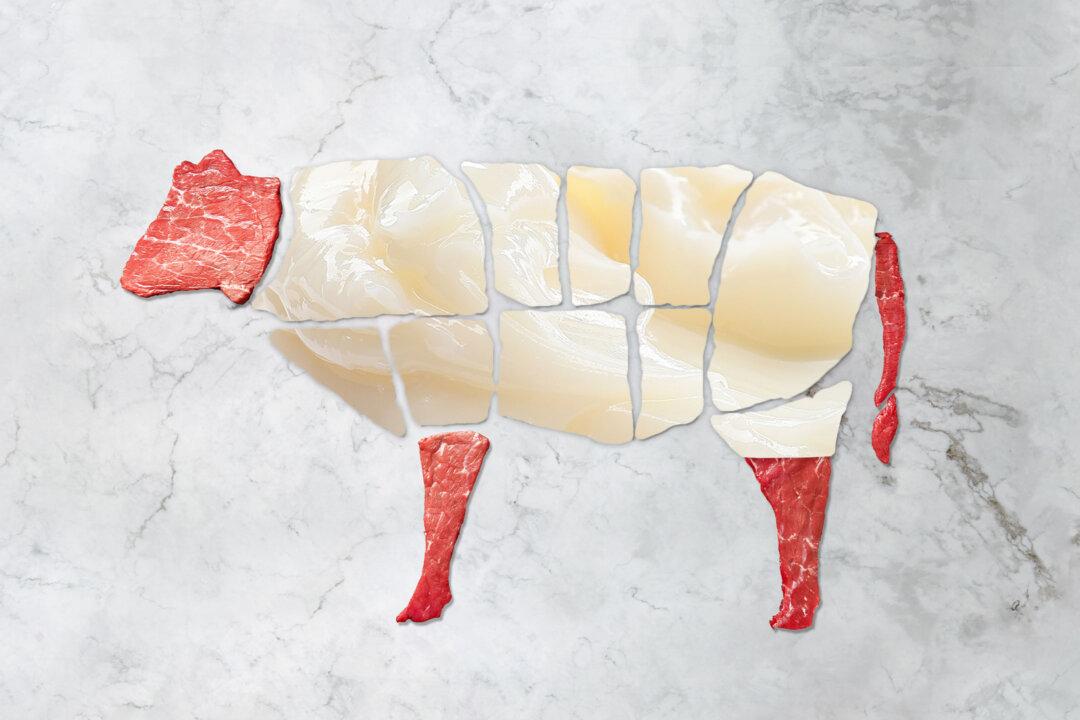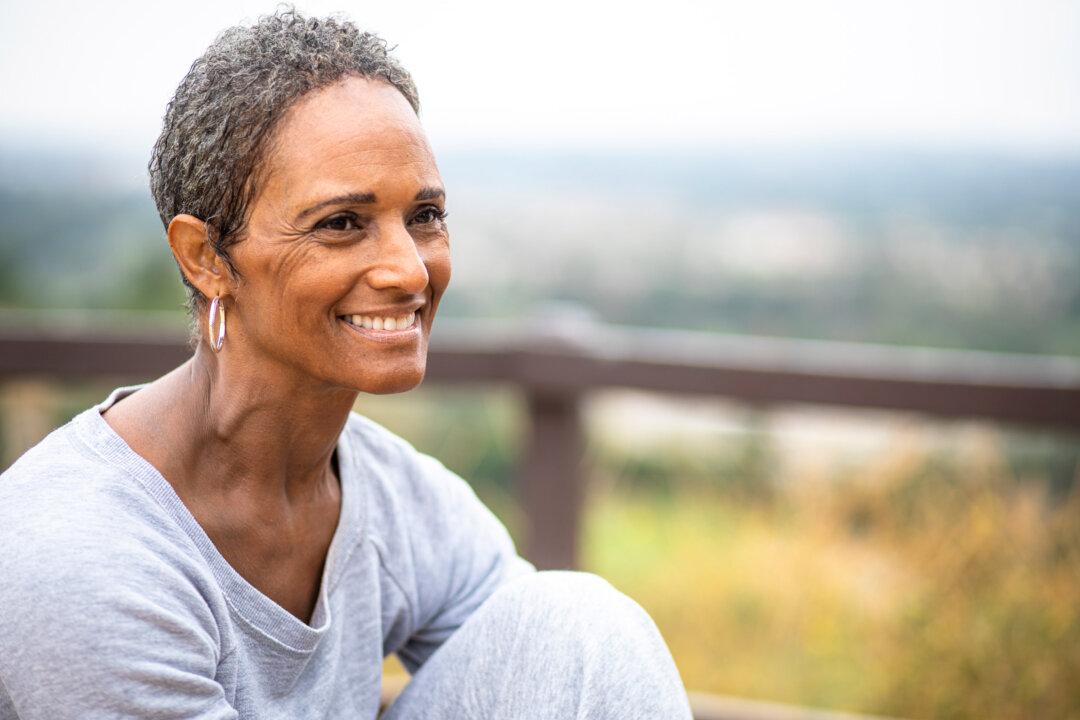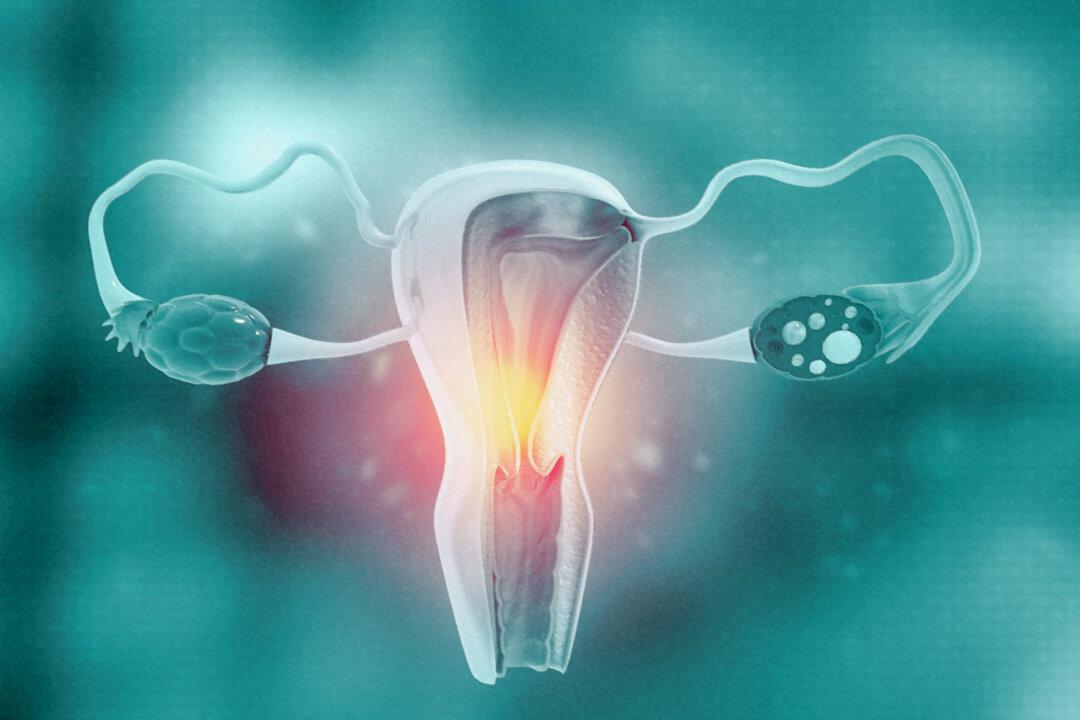When I was young, on any given day, I vacillated between pink tutus and tennis warmups, toe shoes and sneakers. I simultaneously wanted to play “British Bulldog” with my older brother and cousins and look like a Sports Illustrated swimsuit cover model. I was always a bit uncomfortable being a girly girl who wore dresses and lots of makeup, yet I still wanted boys to like me.
Like most teenagers, I was struggling to understand my identity and place in the world. However, my parents never thought twice about my gender or sex. Certainly, no teacher or other supervising adult at school ever asked me what gender I felt I was. I was a girl. Despite the outfits I wore or the sports I played, I was, am, and always will be female.
There used to be a name for girls like me. We were affectionately called tomboys. We felt more at home climbing trees and, in my case, swinging on vines, than playing dress up. However, because of decades of progressive gender ideology and the disintegration of sexual norms, the tomboy is in jeopardy of becoming extinct, along with so many other variations, shades, and expressions of womanhood.
Definition of Woman
To substantiate any claim that women are being erased, it’s helpful to define what a woman is. Both contemporary online dictionaries and older print versions define a woman as “an adult female human.” Cambridge Dictionary online claims that “an adult who lives and identifies as female though they may have been said to have a different sex at birth” is a woman. Both use the word female in their definition and, in circular fashion, define female as “relating to or being a woman or a girl.” Webster’s version states a female is “the sex that typically has the capacity to bear young or produce eggs.”However, a copy of The American Heritage Dictionary from the late 1970s confirms that online definitions have morphed to accommodate cultural beliefs, a longstanding technique of progressive dogma. A female wasn’t the sex that typically had the capacity to bear young or produce eggs, but “of, pertaining to, or designating the sex that produces ova or bears young” or “characteristic of or appropriate to this sex.” Up until recently, a woman was irrefutably defined by her ability to produce eggs and bear a child.
An etymological dictionary shows a woman to be a compound of “wife + man human being” from Old English. The root of male was borrowed from Old French as the “sense in mechanics of a part designed to fit inside a corresponding part to make a connection.” This suggests that a woman’s defining trait resides in her ability to sexually receive a man as stated in the book of Genesis 2:24: “Therefore shall a man leave his father and his mother and shall cleave unto his wife: and they shall be one flesh.”
The word for woman in Hebrew is ishah. Adam doesn’t become a man in the Bible until God takes some of Adam’s flesh and makes a woman. Until then, Adam is a neutral term meaning human. Adam isn’t called man or ish in Hebrew until the ishah is separated from him. The text implies that male and female can’t define themselves fully as human without the other.
Feminism and the Denial of Women
Rather than a singular movement necessary to gain equality and protect women, feminism has become a never-ending list of grievances that change as quickly as a menopausal woman’s temperature. The intersectional and safe-space demands of today’s feminists are a far cry from the grievances of the late 19th and early 20th centuries. The protest and activism of women such as Myra Bradwell, Elizabeth Cady Stanton, and Lucretia Mott ended the identification of women as property of their husbands and won women the right to own property, work, and vote.Women gained more freedom to choose how they wanted to express themselves in the world personally, professionally, and politically.
Instead of celebrating all the nuanced expressions of femininity, the feminists of the 1960s and ‘70s commanded a crusade more interested in promoting a sexually liberal and financially independent woman. Rather than expand choices for women, it reduced them. Women were encouraged to liberate themselves from a patriarchal culture that insisted they stay at home and raise a family. A husband and children were limitations on a woman’s freedom to truly express her authentic self. Women who participated in traditional gender roles within families were shunned and seen as traitors to the movement.
The second wave of feminism began to usher in a sect of women that seemed uneasy with the very essence of being a woman. While the earliest feminists claimed that men had mistaken and underestimated the nature of women, feminists such as Simone de Beauvoir pushed further to argue that any fixed nature of women is bound to be mistaken. She famously said, “One is not born, but becomes, a woman.”
These movements refused to accept the sexual and reproductive differences between men and women, as well as their roles in a family. Marriage and motherhood are traps created by men, not gifts granted by God, according to modern feminists. Familial duties are restrictive and demeaning.
Modern feminist movements don’t seek equal opportunity as much as they exhibit a desire to be independent of men altogether, resulting in what Harvey Mansfield refers to as womanly nihilism. There seems to be disregard if not downright contempt for the unique qualities and power of the feminine that serve to focus and direct men’s natural sexual urges and deliver life. Instead of using feminine wiles to tame men, modern women have trampled men’s masculinity.
Loosening Sexual Morals
Rather than use feminine influence to lift men’s sexual morality to meet women’s as the earlier feminists did, modern feminists aspired to lower theirs to meet men’s. They desired the same sense of sexual freedom, pleasure, and empowerment that men feel without the messy side effects of babies. In the ‘60s, the widespread introduction of the birth control pill made sexual impropriety possible for women. This disconnected the act of pleasure from the act of procreation, banishing the need for marriage. The sexual revolution of the ’60s and ‘70s eradicated the requirement of chastity and, in turn, any prerequisite for a man to act chivalrously or elevate his social status to procure sex or behave in a manner more becoming of a husband.If birth control offered freedom for women to express themselves sexually without consequence, abortion permitted an abandonment of any self-control that may have remained for both men and women. While many Americans understood that accepting abortion as an easy alternative would alter the rules of courtship and upset the taming of overt male sexual aggression, many wrestled with the moral implications of denying it.
Concerns for the mother’s health, rape, incest, and birth defects were all considered viable reasons to access abortion with minimal obstruction. It was difficult to weigh the two opinions against each other, but, according to Christopher Caldwell in his acclaimed book, “The Age of Entitlement,” Americans “lacked a moral framework that would allow them to think about abortion logically and confidently.” Roe v. Wade ushered in a society that would only make more excessive demands on sexual freedom. Any hope “that traditional sexual morality could survive the introduction and destigmatization of abortion was a vain one,” Caldwell wrote.
In insisting cultural norms and laws be loosened on women’s sexuality, feminists relaxed them for everyone. Second-wave feminism became an on-ramp for more liberal sexual ideologies. More women than men supported legalizing gay marriage in 2007. While statistics are difficult to find, it’s safe to say support for the new liberties afforded transgender women, such as access to female prisons, locker rooms, and sports competitions, skews female. Women who see themselves as victims of a patriarchal culture become allies of other minority and disenfranchised groups, despite the fact that women outnumber and often outperform men in universities, medical school, and many vocations.
The early 2000s saw a rise in the acceptance of the gay man into the mainstream. Shows such as “Queer Eye for the Straight Guy,” “Will and Grace,” and “Sex in the City” turned gay men from cultural outcast to woman’s best friend. Gay men offer the companionship of a partner of the opposite sex without the complication of sexual relations that can sometimes confuse and clutter a nascent relationship. Women receive emotional support from their homosexual friends that boyfriends, spouses, or even male friends with the potential to become husbands aren’t always well-equipped to provide.
Fast forward to a culture that now calls women who sell their bodies for money “sex workers” rather than prostitutes—as if this is a noble career path or something women choose over some other respectable career and not because of dire straits. It’s a twisted world when society believes supporting the degradation of female sexuality elevates women.
The Rise of Gender Dysphoria
“In 2021, about 42,000 children and teens across the United States received a diagnosis of gender dysphoria, nearly triple the number in 2017,” according to data from Komodo Health compiled for Reuters.While the percentage and number of adults who identify as transgender has remained relatively stable, the number of youths labeled as such has more than doubled in recent years.
The transgender movement disproportionately affects young women. Children who present with gender dysphoria are now mostly natal females. Abigail Shrier, author of the ferociously debated book “Irreversible Damage,” attributes most of this to social contagion. Many experts agree that girls are more vulnerable to peer influence than boys. In addition, mental health issues predate the dysphoria in most cases. Social media, particularly visual mediums such as Instagram and TikTok, has contributed to a rapid rise in depression, anxiety, and mental instability in young adults.
Girls are more susceptible to the barrage of filtered and altered photos and videos that motivate body dysmorphia and other psychological ills, such as eating disorders. Bottom line, young women are uniquely impressionable when it comes to their bodies.
Up until rather recently, girls who wanted to express rebellion or individuation did so by adorning themselves in all black, dying their hair purple, or dressing in outfits that irritated their parents. While reckless teenage behavior undoubtedly exasperates parents, girls’ poor decisions historically have been quite inconsequential. Girls typically grow out of their defiant phases or integrate their agitation into career or lifestyle choices, choosing healthy ways to express themselves and their sexuality.
Meanwhile, almost all the benefits of suppressing puberty (which are widely contested) are psychological, including improved mental well-being, reduced depression and anxiety, and improved social interactions and integration with other kids. These girls don’t need to delay puberty—they need mature parents and psychologists adept at treating gender dysphoria.
This is perhaps the most tragic aspect of the gender reassignment debate. Adults who should know better—parents, psychologists, and doctors—happily affirm children’s delusions, whether they’re mere whims of fancy born of peer pressure or a true struggle with identity.
The executive function of the brain, the one responsible for long-term planning and making judicious and rational decisions, is located in the frontal lobe, or prefrontal cortex. Science has proven that this part of the brain isn’t fully developed until the age of 25. Parents are responsible for children who are unable to understand the long-term consequences of their decisions. Under no circumstances can a teenager provide meaningful consent to decisions that he or she will likely come to regret.
Many girls seek “top surgery,” a euphemism for a double mastectomy. Breast cancer patients who undergo the procedure to save their life or women who require a hysterectomy know how devastating such a surgery can be. Many feel a great sense of loss, a core part of their essence having vanished. The fact that healthy girls are voluntarily dissecting a piece of their body when so many women would do anything to have theirs intact is abhorrent. It demeans and demoralizes the spirit of the feminine and diminishes women’s role in society. Grown women, many of whom adopt a more progressive view of sexuality, allow it.
Modern-day feminists and transgender supporters seem to have more than one thing in common but none so obvious as a strong contempt for reality. After watching hundreds of clips on social media, it’s difficult to deny that both categories of women harbor resentment. There’s often a wellspring of discontent and dissatisfaction with who they are and how God made them. This anger gets directed at men, more conventional women, society at large, or themselves.
Current Events
Where are all the feminists who should be enraged by biological men stealing women’s awards and scholarships? While a few high-profile women, such as J.K. Rowling, have spoken up against such absurdities, most get shut down with rapacious outrage. TERFs (trans-exclusionary radical feminists), as they’re known, are reviled and quickly dismissed as transphobic and dangerous to the fragile esteem of transgender people.Maybe the rest of the women are silent because they know they promulgated a system that led to the very dissolution of women. Maybe it’s because they didn’t support women embracing and safeguarding the very thing that made them powerful—their wombs. Instead, they devalued the influence of women’s sexuality in courtship and insisted that women become more like men. They rejected the idea that giving birth to another human being is possibly the most awe-inspiring achievement of human nature. In doing so, they led millions of women to become dissatisfied and disillusioned by the awesomeness of their biology.
What many feminists can’t seem to grasp is that, ironically, in insisting society treat them more like men, they’ve bolstered the patriarchy and toxic masculinity they so vehemently rally against. Many women complain that there aren’t any strong, masculine men out there, without comprehending that they’re the ones who have emasculated them. While women were busy occupying men’s spaces in the boardroom and the bedroom, men didn’t take on the female roles—they simply felt rejected and unsure of how to behave in a new sexual culture.
Many men treated women exactly how they asked—like men. They no longer had to abide by the sexual norms and boundaries women once set for them, and they took full advantage of it. The rise in porn and sexual assault numbers reflect these realities.
There are many expressions of womanhood. Just as some men have more effeminate qualities, some women exhibit more masculine traits, both physically and behaviorally. There are princesses and there are tomboys. What a wonder it is to witness young females grow up to be actresses or politicians, nurses or athletes, mothers, and wives. First-generation feminists paved the way for such progress and sovereignty. Progressive feminists and the sexual culture they crafted are destroying it, and they’re taking the tomboys, and many of our girls, with them.





